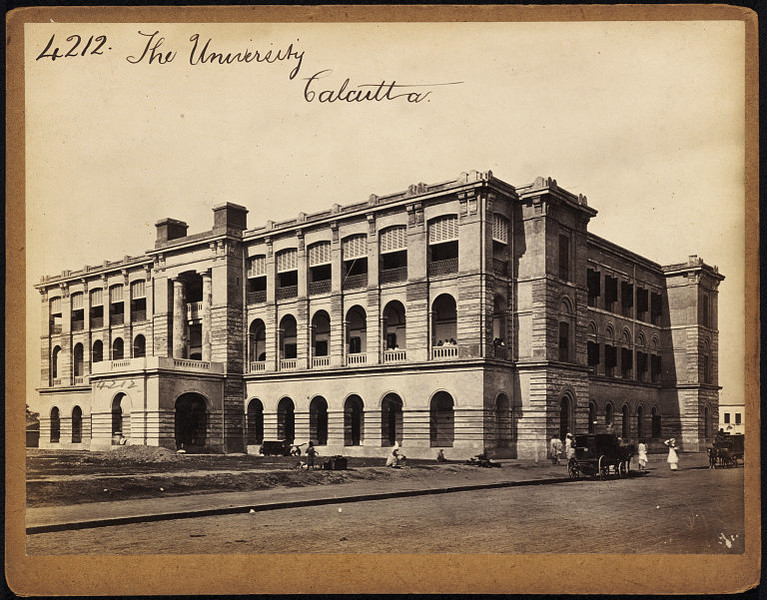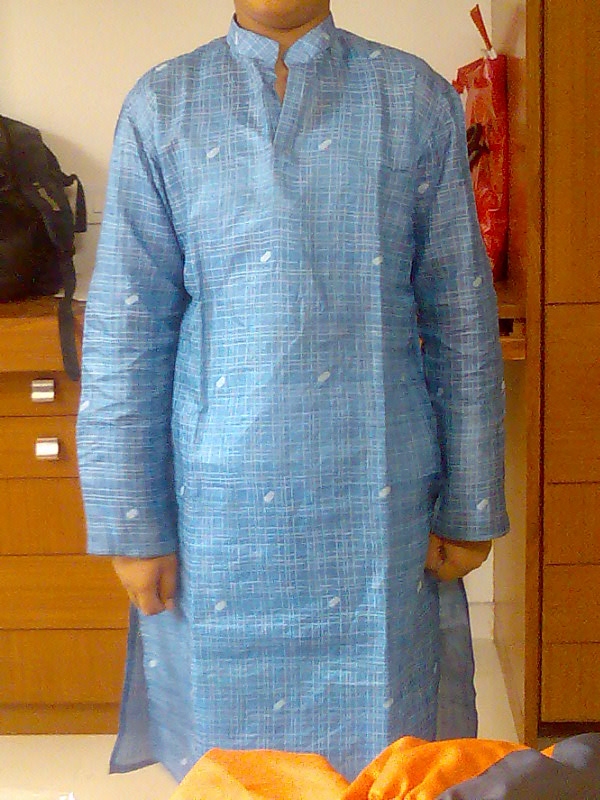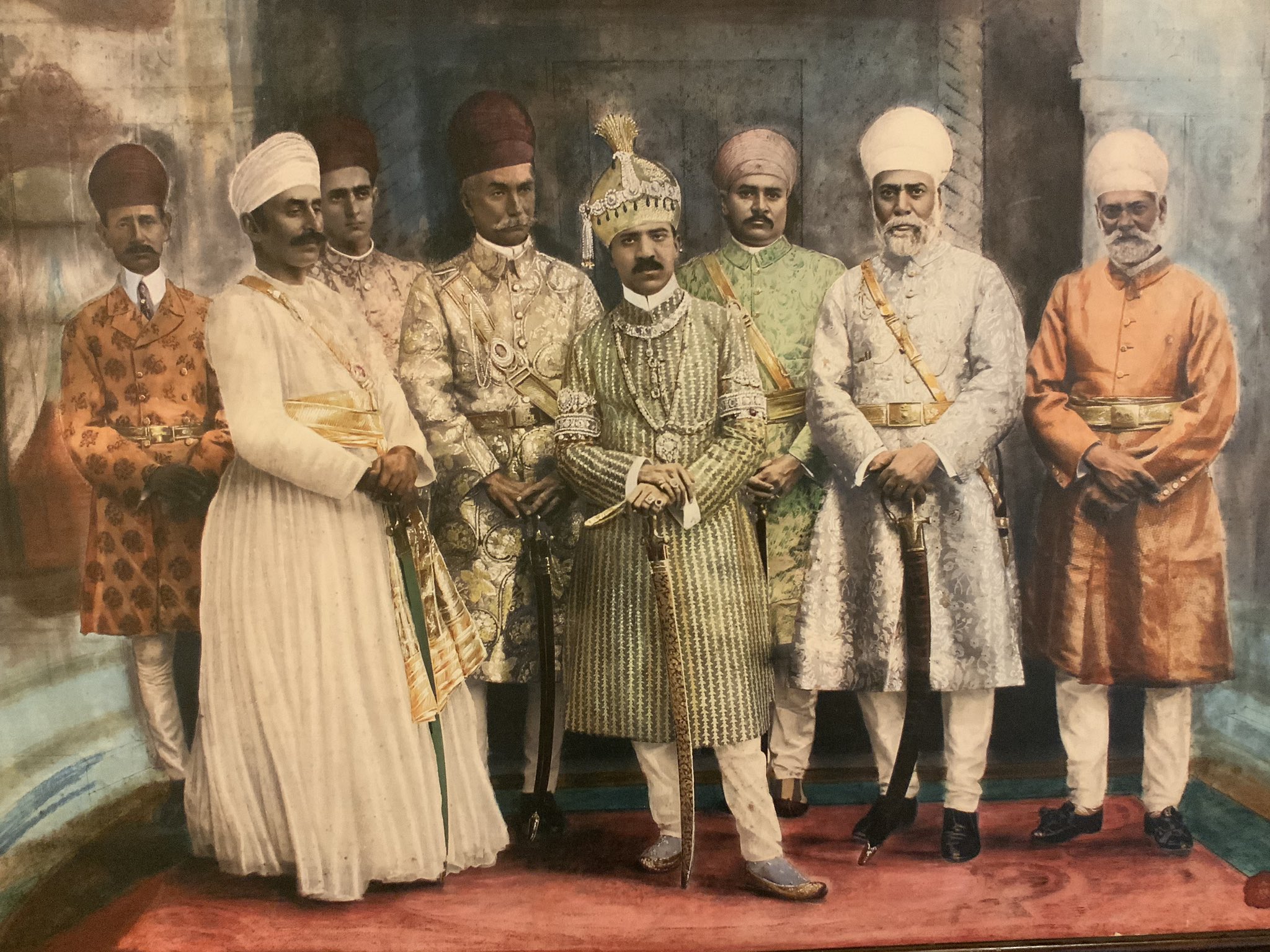|
Sayeed Seminary
Sayeed Seminary School is a public school located in the heart of Cuttack city. It was established in 1913 by Sayeed Mohammed, a prominent odia freedom fighter, scholar and educationist. The school is credited to be the second nationalist school of Odisha and is one of the two institutions bearing the name of Sayeed Mohammed, the other one being ''Sayeed Seminary Primary School'', which is located within the campus of the former. History A series of events and factors led to the establishment of the school, one being the discrimination that the Indian students were facing in the British administered schools back in the late 19th CE; the second was, under the British government, education wasn't accessible for the general Indian masses, only the children from upper-class families could get an admission and the third being the marginalization of the Muslim community, since Indian Muslims did not accept English as the medium of instruction in educational institutions, they turned ... [...More Info...] [...Related Items...] OR: [Wikipedia] [Google] [Baidu] |
Sayeed Mohammed
Sayeed Mohammed (1891 – 1922) was an Indian Odia educationist, freedom fighter and philanthropist. In 1913, he founded the Moslem Seminary (present day : Sayeed Seminary) at Cuttack, which is regarded as the second nationalist school of Odisha. Sayeed is known for his activism against the British in the early 1900s. He was one of the prominent members of the Utkal Sammilani. In 1922, Sayeed along with Ekram Rasul co-founded the All Odisha Khilafat Committee, in the wake of the Non cooperation movement in India. Early life and career Janab Maulana Sayeed Mohammed was born at Madhigarh, into the Diwan family of Dhenkanal, to Atharuddin Mohammed and his first wife (Badi Bahu Begum), ''Begum Nadeera Sultana''. Sayeed's father was the ruling chief of Kamakhyangar and also the Diwan of the Princely State of Dhenkanal during ''Raja Shura Paratap Mahendra Bahadur's'' rule. Sayeed's maternal uncle, Imaan ul Haque practiced as a lawyer at Cuttack court and was a colleague of Sub ... [...More Info...] [...Related Items...] OR: [Wikipedia] [Google] [Baidu] |
Satyabadi Bana Bidyalaya
Satyavadi Vana Vidyalaya (now Satyabadi High School, Sakhigoal) is an Indian school in Sakhigopal, Odisha. It is a pre-secondary and Secondary school, located at Sakhigopal a part of Puri district, in the Indian state of Odisha. It was established by renowned writer and social worker Utkalamani Gopabandhu Das in 1909 (British India). History Established in 1905 as an experiment in the field of education by Gopabandhu Das, the school started with 19 students. According to Das, schools had to become man-making industries and had to be instrumental in the harmonious development of a child's personality. As a model for other schools, children from all castes and classes sat, dined, lived and studied together. There was ample scope in the school for co-curricular activities including social service, exercise, kavi sammelans. The school aimed to cultivate ideals of patriotism in the hearts of students. Sir Ashutosh Mukherjee and many other scholars were impressed by its simpl ... [...More Info...] [...Related Items...] OR: [Wikipedia] [Google] [Baidu] |
Education In Cuttack
Cuttack (, or officially Kataka ) in Odia is the former capital and the second largest city in the Indian state of Odisha. It is the headquarters of the Cuttack district. The name of the city is an anglicised form of ''Kataka'' which literally means ''The Fort'', a reference to the ancient Barabati Fort around which the city initially developed. Cuttack is known as the ''Millennium City'' as well as the ''Silver City'' due to its history of 1000 years and famous silver filigree works. The Orissa High Court is located there. It is the commercial capital of Odisha which hosts many trading and business houses in and around the city. Cuttack is famous for its Durga puja which is one of the most important festivals of Odisha. Cuttack is also the birthplace of Netaji Subhas Chandra Bose. The city is categorised as a Tier-II city as per the ranking system used by Government of India. The old and the most important part of the city is centred on a strip of land between the Kathajodi ... [...More Info...] [...Related Items...] OR: [Wikipedia] [Google] [Baidu] |
Schools In Odisha
A school is an educational institution designed to provide learning spaces and learning environments for the teaching of students under the direction of teachers. Most countries have systems of formal education Education is a purposeful activity directed at achieving certain aims, such as transmitting knowledge or fostering skills and character traits. These aims may include the development of understanding, rationality, kindness, and honesty. ..., which is sometimes compulsory education, compulsory. In these systems, students progress through a series of schools. The names for these schools vary by country (discussed in the ''School#Regional terms, Regional terms'' section below) but generally include primary school for young children and secondary school for teenagers who have completed primary education. An institution where higher education is taught is commonly called a university college or university. In addition to these core schools, students in a given ... [...More Info...] [...Related Items...] OR: [Wikipedia] [Google] [Baidu] |
Syed Mustafiz Ahmed
Syed Mustafiz Ahmed (21 December 1941 - 11 September 2017, Cuttack) was an Indian politician who was member of Odisha Legislative Assembly from 1985 to 1995. He served as health and family Welfare Minister besides holding the portfolio of ''Textile and Industry Departments'' in chief minister Biju Patnaik's cabinet from 1990 to 1995. He was member of Janata Dal Janata Dal (“People’s Party”) was an Indian political party which was formed through the merger of Janata Party factions, the Lok Dal, Indian National Congress (Jagjivan), and the Jan Morcha united on 11 October 1988 on the birth annive .... He died on 11 September 2017. References {{DEFAULTSORT:Ahmed, Syed Mustafiz 1941 births 2017 deaths People from Cuttack district Odisha MLAs 1985–1990 Odisha MLAs 1990–1995 ... [...More Info...] [...Related Items...] OR: [Wikipedia] [Google] [Baidu] |
Mohammad Mohsin
Mohammad Mohsin called popularly as ''Mohsin'' was an Odia actor, director and producer. In his movie career spanning more than 30 years across Bollywood, Odisha and West Bengal, he has acted and directed in many commercially successful movies. Mohsin made his first Bollywood debut in the movie '' Naiyya'', in which he played the character of Karim. ''Naiyya'' was produced and distributed by Rajshri Productions, which was a remake of Odia movie '' Shesha Shrabana'', in which Mohsin played the character of a boat maker. After working for a couple of years in Bollywood, Mohsin stepped in the acting scene of Odia film industry. In his initial days as an actor some of the characters which made Mohsin a favourite amongst movie goers were Bagha in '' Hisab Nikas'', Raka in ''Maa-o-Mamata'' (1980), Mohsin played a school teacher who turns into a social reformist in the movie ''Balidan'' (1978). Mohsin's first directorial debut was with Odia movie, ''Phula Chandana'' (1982). Mohsin wo ... [...More Info...] [...Related Items...] OR: [Wikipedia] [Google] [Baidu] |
Partition Of India
The Partition of British India in 1947 was the Partition (politics), change of political borders and the division of other assets that accompanied the dissolution of the British Raj in South Asia and the creation of two independent dominions: Dominion of India, India and Dominion of Pakistan, Pakistan. The Dominion of India is today the India, Republic of India, and the Dominion of Pakistan—which at the time comprised two regions lying on either side of India—is now the Pakistan, Islamic Republic of Pakistan and the Bangladesh, People's Republic of Bangladesh. The partition was outlined in the Indian Independence Act 1947. The change of political borders notably included the division of two provinces of British India, Bengal Presidency, Bengal and Punjab Province (British India), Punjab. The majority Muslim districts in these provinces were awarded to Pakistan and the majority non-Muslim to India. The other assets that were divided included the British Indian Army, ... [...More Info...] [...Related Items...] OR: [Wikipedia] [Google] [Baidu] |
Bihar And Orissa Province
Bihar and Orissa was a province of British India, which included the present-day Indian states of Bihar, Jharkhand, and Odisha. The territories were conquered by the British in the 18th and 19th centuries, and were governed by the then Indian Civil Service of the Bengal Presidency, the largest administrative subdivision in British India. On 22 March 1912, both Bihar and Orissa divisions were separated from the Bengal Presidency as Bihar and Orissa Province. On 1 April 1936, the province was partitioned into Bihar and the Orissa Provinces. History In 1756, Bihar and Orissa were part of the Mughal Empire, with Bihar being part of the Bengal Subah and Orissa being its own Subah. The Treaty of Allahabad was signed on 16 August 1765, between the Mughal Emperor Shah Alam II, son of the late Emperor Alamgir II, and Robert, Lord Clive, of the East India Company, as a result of the Battle of Buxar of 22 October 1764. The Treaty marks the political and constitutional involvement an ... [...More Info...] [...Related Items...] OR: [Wikipedia] [Google] [Baidu] |
Swadeshi Movement
The Swadeshi movement was a self-sufficiency movement that was part of the Indian independence movement The Indian independence movement was a series of historic events with the ultimate aim of ending British Raj, British rule in India. It lasted from 1857 to 1947. The first nationalistic revolutionary movement for Indian independence emerged ... and contributed to the development of Indian nationalism. Before the BML Government's decision for the Partition of Bengal (1905), partition of Bengal was made public in December 1903, there was a lot of growing discontentment among the Indians. In response the Swadeshi movement was formally started from Town Hall Calcutta on 7 August 1905 to curb foreign goods by relying on domestic production. Mahatma Gandhi described it as the soul of swaraj (self-rule). The movement took its vast size and shape after rich Indians donated money and land dedicated to Khadi and Gramodyog societies which started cloth production in every household. ... [...More Info...] [...Related Items...] OR: [Wikipedia] [Google] [Baidu] |
Khadi
Khadi (, ), derived from khaddar, is a hand-spun and woven natural fibre cloth promoted by Mahatma Gandhi as ''swadeshi'' (self-sufficiency) for the freedom struggle of the Indian subcontinent, and the term is used throughout India, Pakistan and Bangladesh."Freedom@70: How Khadi is getting a new spin." '''', 13 August 2017. The first piece of the hand-woven cloth was manufactured in the Sabarmati Ashram during 1917–18. The coarseness of the cloth led Gandhi to c ... [...More Info...] [...Related Items...] OR: [Wikipedia] [Google] [Baidu] |
Mir Osman Ali Khan
Mir Osman Ali Khan, Asaf Jah VII (5 or 6 April 1886 — 24 February 1967), was the last Nizam (ruler) of the Princely State of Hyderabad, the largest princely state in British India. He ascended the throne on 29 August 1911, at the age of 25 and ruled the Kingdom of Hyderabad between 1911 and 1948, until India annexed it. He was styled as His Exalted Highness-(H.E.H) the Nizam of Hyderabad, and was widely considered as one of the world's wealthiest person of all time. With some estimate placing his wealth at 2% of U.S. GDP, his portrait was on the cover of ''Time magazine'' in 1937. As a semi-autonomous monarch, he had his own mint, printing his own currency, the Hyderabadi rupee, and had a private treasury that was said to contain £100 million in gold and silver bullion, and a further £400 million of jewels (in 2008 terms). The major source of his wealth was the Golconda mines, the only supplier of diamonds in the world at that time. Among them was the Jacob Diamon ... [...More Info...] [...Related Items...] OR: [Wikipedia] [Google] [Baidu] |










